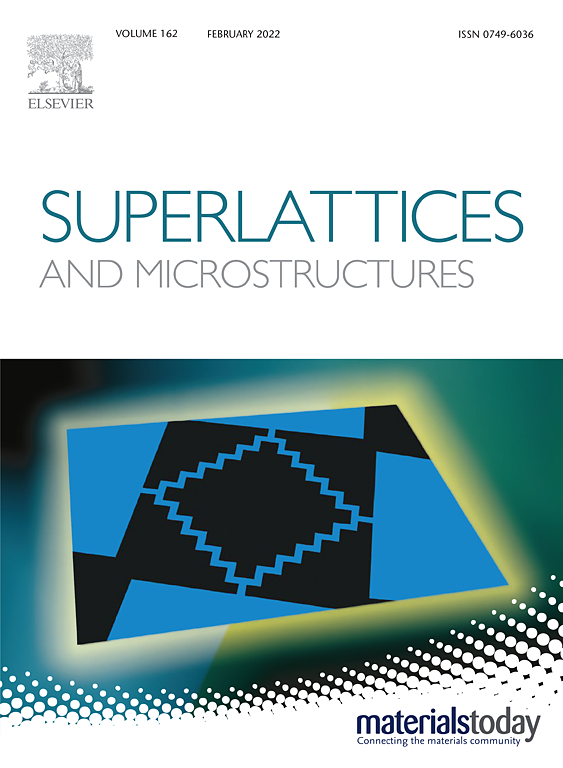Chemical unit co-substitution enabling broadband and tunable near-infrared emission in garnet-type Lu3Sc2Ga3O12:Cr3+ phosphors
IF 3.3
3区 物理与天体物理
Q2 PHYSICS, CONDENSED MATTER
引用次数: 4
Abstract
Although near-infrared phosphor-converted light-emitting diodes (NIR pc-LEDs) are desired for non-visible light source applications, the design of broadband NIR phosphors remains a challenge. Inspired by the chemical unit co-substitution strategy for the modification of composition and local structure, we realize a tunable redshift emission from 706 to 765 nm in garnet-type Lu3Sc2Ga3O12:Cr3+ with a broadened full width at half maximum and enhanced photoluminescence intensity by introducing a [Mg2+-Si4+] unit into the [Sc3+-Ga3+] couple. Structural and spectral analyzes demonstrate that the co-substitution reduces the local symmetry and crystal field strength of the [CrO6] octahedra, thus leading to inhomogeneous widening of the 4T2→4A2 emission and enhanced blue absorption. Furthermore, the 4T2→4A2 emission exhibits a phonon-assisted character at low temperatures due to the thermal coupling effect with the 2E level. The fabricated NIR pc-LED based on the optimized NIR phosphor exhibits excellent potential in night vision and imaging applications.化学单元共取代使石榴石型Lu3Sc2Ga3O12:Cr3+荧光粉实现宽带和可调谐近红外发射
虽然近红外磷光转换发光二极管(NIR pc- led)应用于非可见光源,但宽带近红外磷光体的设计仍然是一个挑战。受化学单元共取代策略的启发,我们通过在[Sc3+-Ga3+]对中引入[Mg2+-Si4+]单元,实现了石榴石型Lu3Sc2Ga3O12:Cr3+中706 ~ 765 nm的可调谐红移发射,其全宽度在半最大值处加宽,光致发光强度增强。结构和光谱分析表明,共取代降低了[CrO6]八面体的局部对称性和晶体场强,从而导致4T2→4A2发射的不均匀加宽和蓝色吸收增强。此外,由于与2E能级的热耦合效应,4T2→4A2在低温下表现出声子辅助的特性。基于优化后的近红外荧光粉制备的近红外pc-LED在夜视和成像方面具有良好的应用潜力。
本文章由计算机程序翻译,如有差异,请以英文原文为准。
求助全文
约1分钟内获得全文
求助全文
来源期刊

Superlattices and Microstructures
物理-物理:凝聚态物理
CiteScore
6.10
自引率
3.20%
发文量
35
审稿时长
2.8 months
期刊介绍:
Superlattices and Microstructures has continued as Micro and Nanostructures. Micro and Nanostructures is a journal disseminating the science and technology of micro-structures and nano-structures in materials and their devices, including individual and collective use of semiconductors, metals and insulators for the exploitation of their unique properties. The journal hosts papers dealing with fundamental and applied experimental research as well as theoretical studies. Fields of interest, including emerging ones, cover:
• Novel micro and nanostructures
• Nanomaterials (nanowires, nanodots, 2D materials ) and devices
• Synthetic heterostructures
• Plasmonics
• Micro and nano-defects in materials (semiconductor, metal and insulators)
• Surfaces and interfaces of thin films
In addition to Research Papers, the journal aims at publishing Topical Reviews providing insights into rapidly evolving or more mature fields. Written by leading researchers in their respective fields, those articles are commissioned by the Editorial Board.
Formerly known as Superlattices and Microstructures, with a 2021 IF of 3.22 and 2021 CiteScore of 5.4
 求助内容:
求助内容: 应助结果提醒方式:
应助结果提醒方式:


